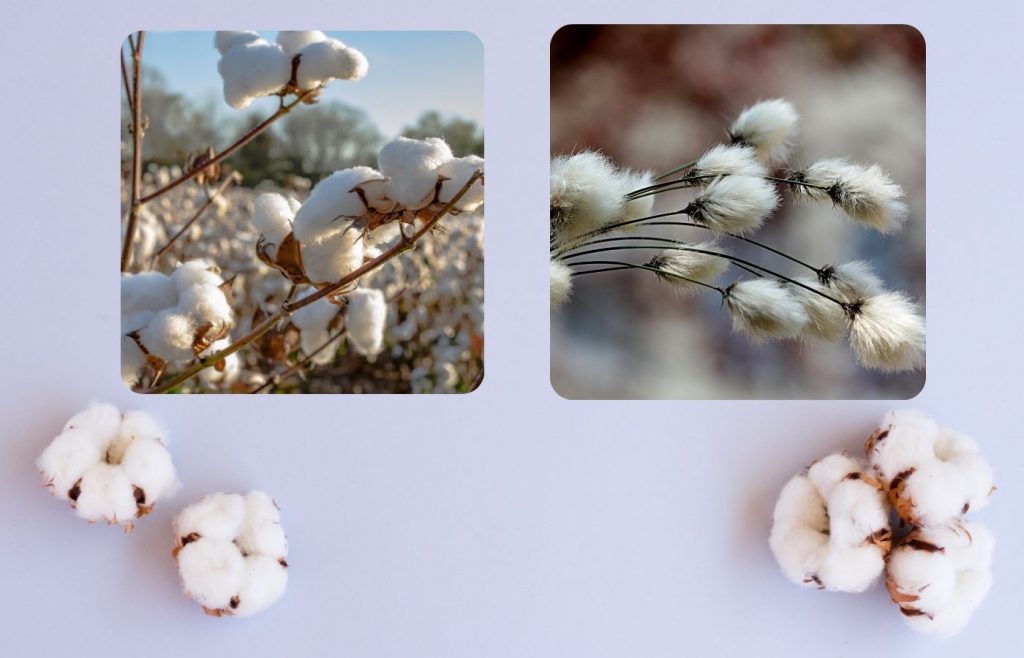
Unveiling the Luxurious World of High-End Cotton Varieties
Cotton, a versatile and widely used natural fiber, plays a significant role in the textile industry. While cotton is available in various types, not all cotton is created equal. In this article, we delve into the realm of expensive cotton varieties, exploring their unique characteristics, production methods, and the factors that contribute to their high price tags. Join us on a journey through the luxurious world of high-end cotton.
- Egyptian Cotton: The Epitome of Luxury
When it comes to expensive cotton, Egyptian cotton reigns supreme. Renowned for its exceptional quality, this cotton variety is favored by luxury brands and discerning customers worldwide. Grown in the fertile Nile River Valley, Egyptian cotton boasts long, fine fibers that result in soft, durable, and lustrous fabrics. The meticulous cultivation and harvesting techniques employed by Egyptian farmers contribute to the exclusivity and high price of this cotton. - Sea Island Cotton: The Rare Gem
Sea Island cotton, also known as West Indian cotton, is another highly coveted and expensive variety. Grown in the Caribbean, particularly in Barbados, Sea Island cotton is renowned for its silky texture, strength, and breathability. The limited availability of suitable growing conditions and the labor-intensive harvesting process make Sea Island cotton a rare gem in the textile industry. Its scarcity and exceptional quality contribute to its premium price. - Supima Cotton: The Pinnacle of American Excellence
Supima cotton, short for "superior pima," is a top-quality cotton variety cultivated exclusively in the United States. Known for its extra-long staple fibers, Supima cotton offers superior strength, softness, and color retention. The stringent quality standards imposed on Supima cotton production, including fiber length and strength requirements, ensure that only the finest fibers make the cut. The combination of American craftsmanship and advanced farming techniques makes Supima cotton a sought-after luxury textile material. - Organic Cotton: Sustainable Luxury
In recent years, the demand for sustainable and eco-friendly products has given rise to the popularity of organic cotton. Grown without the use of synthetic fertilizers and pesticides, organic cotton offers a luxurious and guilt-free alternative. The meticulous cultivation practices and certifications associated with organic cotton ensure that it meets strict environmental and social standards. While not inherently expensive, the premium price of organic cotton reflects the additional costs incurred during its cultivation and production.
Conclusion:
The world of expensive cotton varieties is a testament to the craftsmanship, dedication, and natural resources involved in producing high-quality textiles. From the luxurious Egyptian cotton to the rare Sea Island cotton, and the pinnacle of American excellence, Supima cotton, each variety offers unique characteristics that justify its premium price. Additionally, the growing demand for sustainable options has paved the way for organic cotton to become a luxurious choice for environmentally conscious consumers. By understanding the distinct qualities and production methods behind these expensive cotton varieties, we can appreciate the value they bring to the world of fashion and textiles.